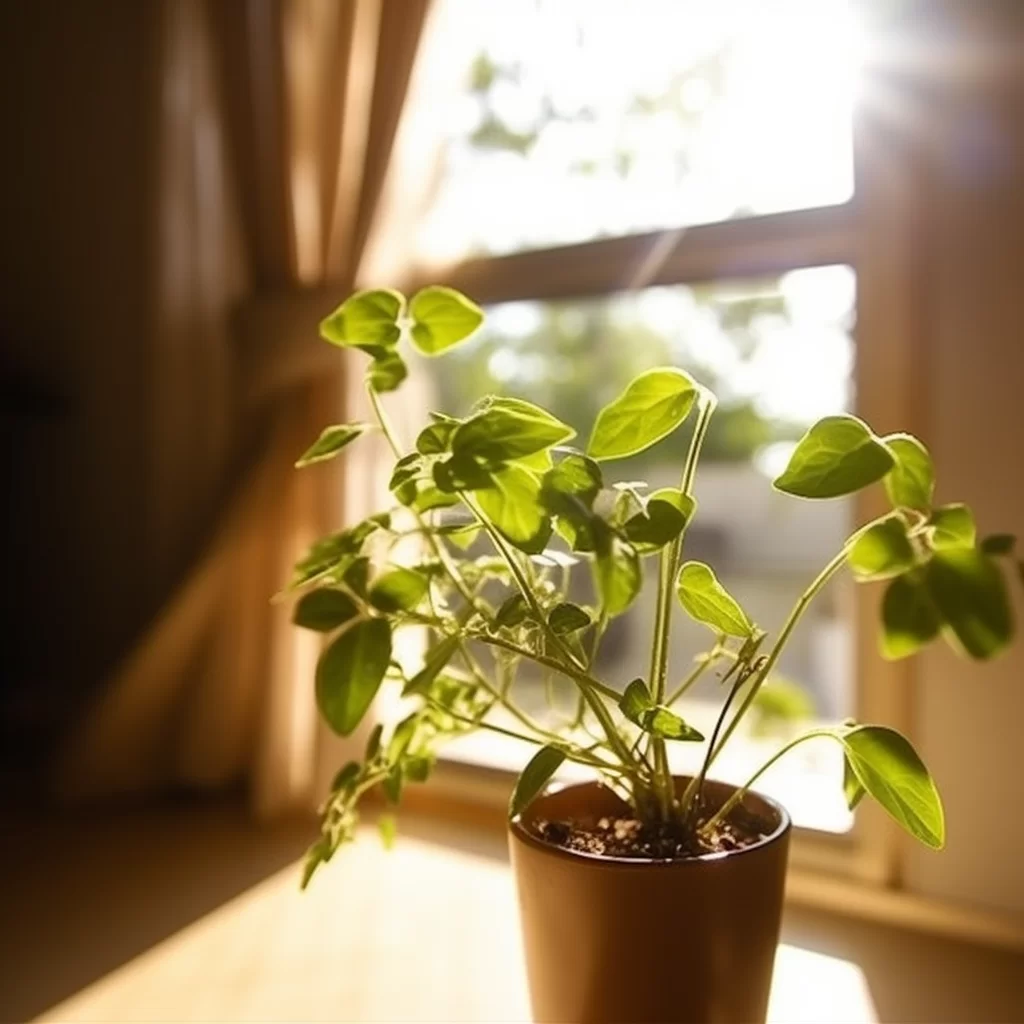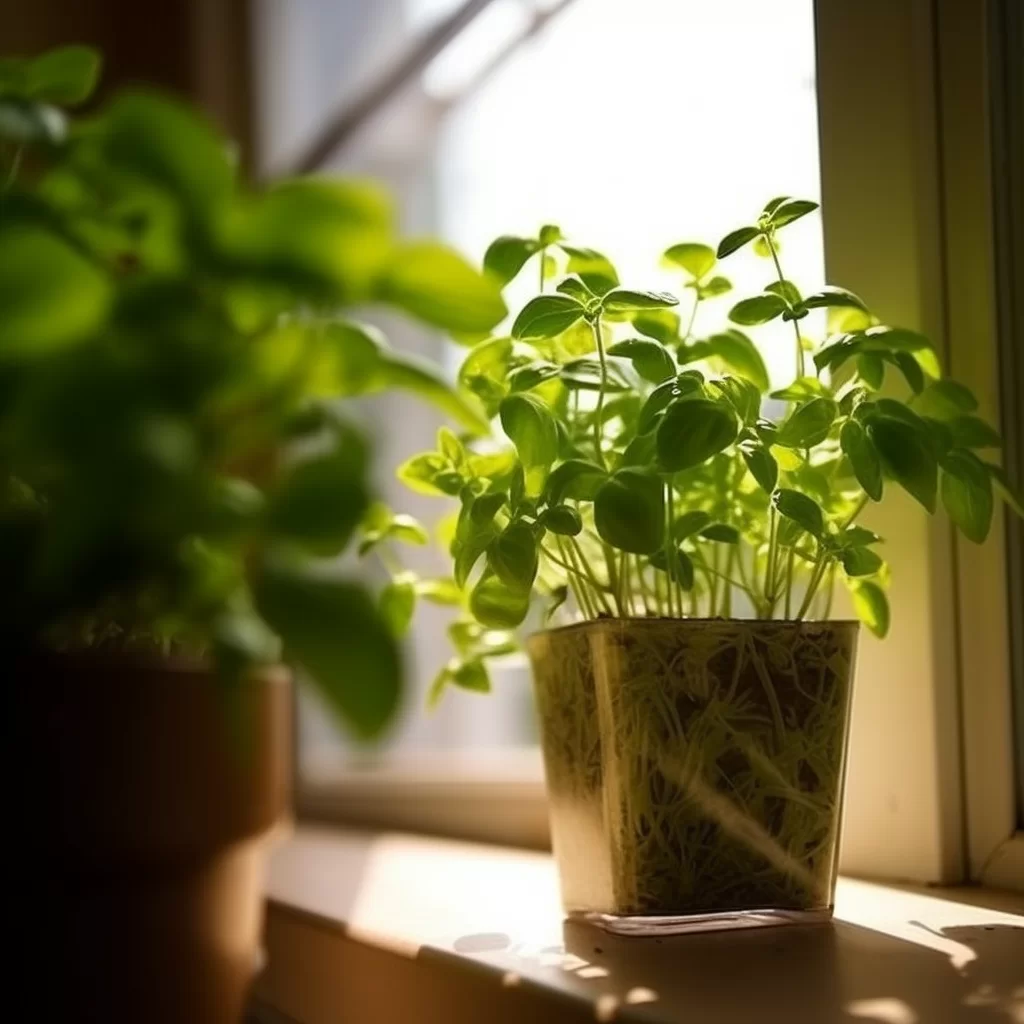Story of Day :
Contents
- 1 Indoor Basil Plant: The Complete Guide and Care Tips
- 2 The Benefits of Growing Basil Indoors
- 3 The Best Varieties of Basil For Indoor Gardening
- 4 The Ideal Conditions For Your Indoor Basil Plant
- 5 Caring For Your Indoor Basil Plant
- 6 The Common Problems Encountered While Growing Indoor Basil Plants
- 7 In Conclusion
Indoor Basil Plant: The Complete Guide and Care Tips
Are you a herb enthusiast who loves cooking with fresh ingredients? If so, an indoor basil plant is the perfect addition to your home garden.
Growing basil indoors is easy, rewarding, and can provide you with an abundance of fresh herbs all year round.
In this complete guide, we’ll discuss everything you need to know about growing and caring for your indoor basil plant.
The Benefits of Growing Basil Indoors
Before we dive into the details of growing basil indoors, let’s first explore why it’s a great option for any gardener:
- You can enjoy fresh herbs all year round
- Basil plants are compact and don’t require too much space
- Basil leaves are packed with essential nutrients such as vitamin K and iron
- You can save money by not having to constantly purchase fresh herbs from the store
- Basil plants produce fragrant flowers that attract beneficial insects like bees and butterflies.

The Best Varieties of Basil For Indoor Gardening
There are many different types of basil available on the market.
However, some varieties thrive better in indoor conditions than others.
Here are some popular options:
- Sweet Basil – This is one of the most common varieties used in Italian cuisine.
Tulsi or Holy Basil – It has medicinal properties as well as culinary uses.
Lemon Basil – It has a citrusy flavor that adds brightness to dishes.
Cinnamon Basil – Its leaves have an aroma resembling cinnamon or clove flavors
The Ideal Conditions For Your Indoor Basil Plant

Now that you’ve explored the benefits of growing basil indoors let’s take a look at the ideal conditions for your indoor herb garden:
- Temperature: Basil plants prefer warm temperatures between 60-80°F (15-27°C).
- Light: Basil plants need plenty of sunlight to grow.
Place them in a south-facing window or use grow lights if natural light isn’t available.
- Watering: Water your basil plant when the top inch of soil feels dry.
Be careful not to overwater as this can cause root rot.
- Suitable potting soil – Use fertile and well-draining soil mix with perlite or vermiculite, which is beneficial for root growth.
Caring For Your Indoor Basil Plant
Basil plants are relatively easy to care for and require minimal maintenance.
However, here are some tips to ensure your plant thrives:

- Proper pruning – Regular pruning encourages new growth and prevents the plant from becoming too leggy.
Fertilization – Feed your basil plant every two weeks using a liquid fertilizer.
Pests watch- Keep an eye out for pests like aphids, spider mites, whiteflies etc., and treat them early before they damage the leaves or infect other nearby plants.
The Common Problems Encountered While Growing Indoor Basil Plants
Basil plants are sensitive herbs that require specific growing conditions; there might be issues where things don’t go according to plan.
Here are some common problems you may encounter while growing indoor basil :

- Lack of water can cause wilting; excessive watering can lead to root rot
Pests like spider mites, whiteflies, and aphids can infect the leaves
Yellowing or drooping of leaves is a sign of either overwatering or underwatering
In Conclusion
An indoor basil plant is an excellent addition to any home herb garden.
With the right conditions, care and effort you can enjoy fragrant fresh herbs all year round.
Choose your favourite variety of basil, follow our complete guide to growing and caring for your indoor basil plant.